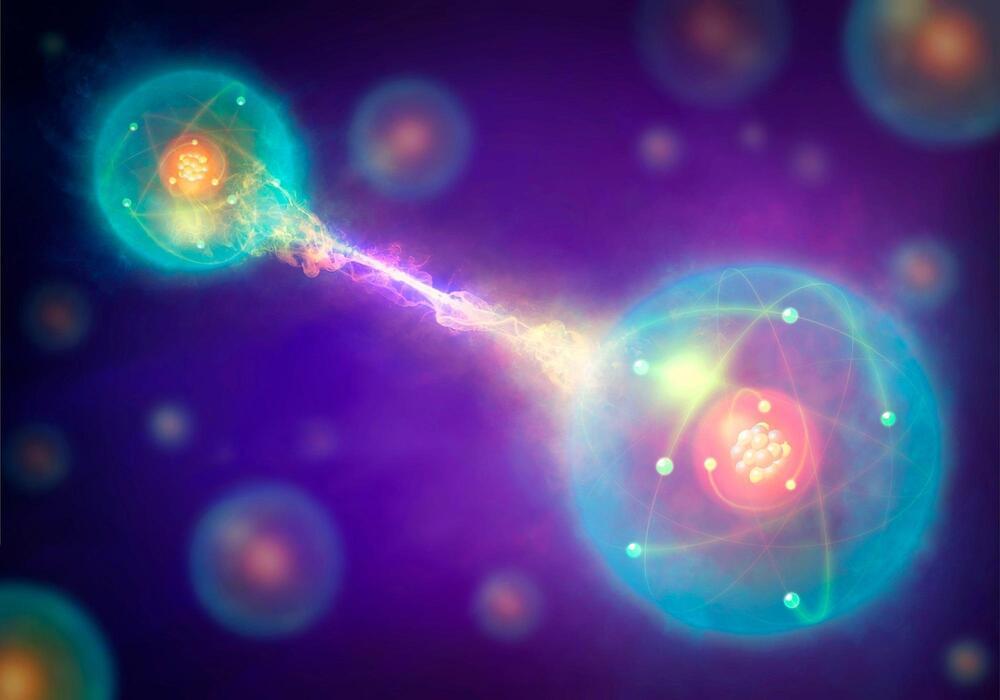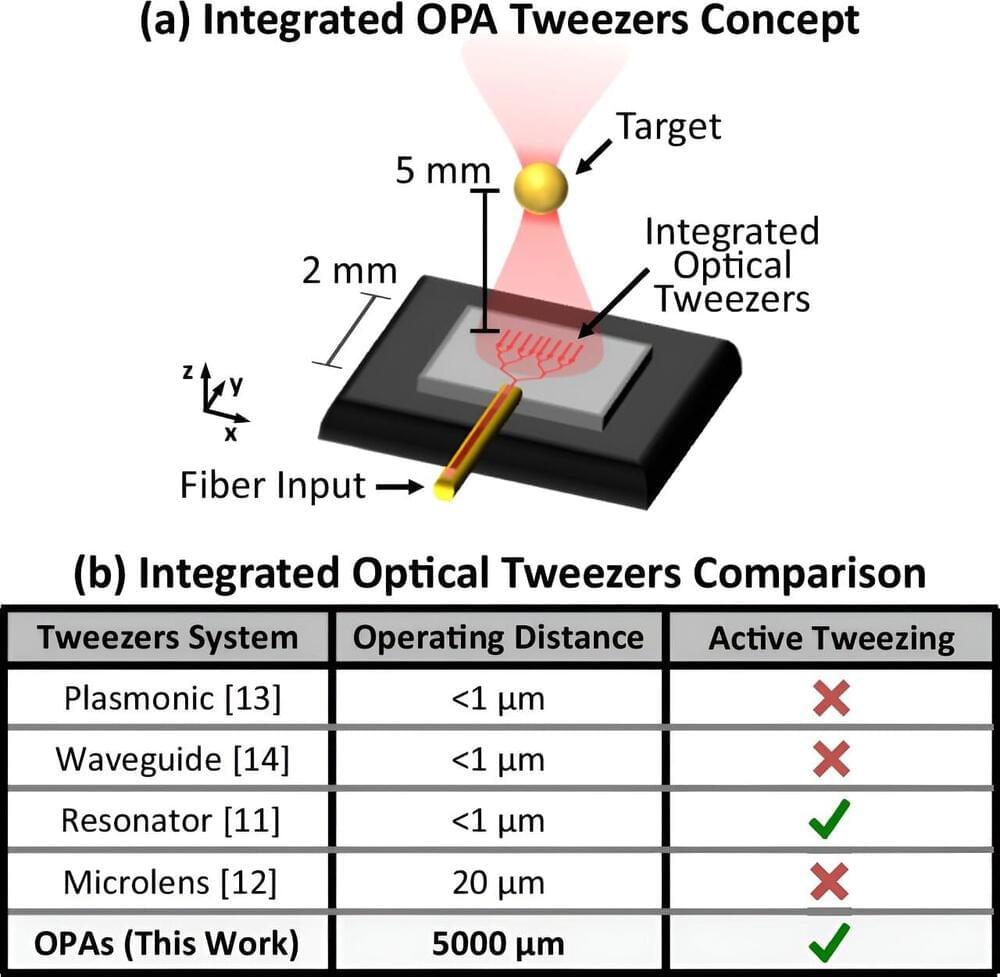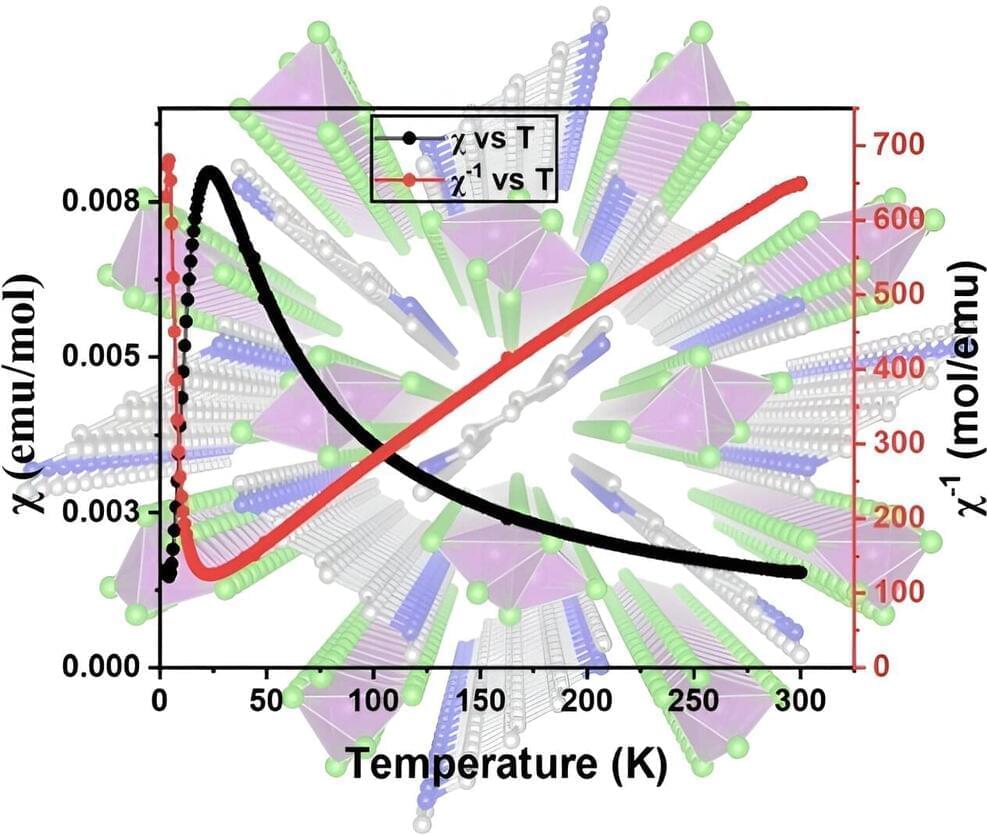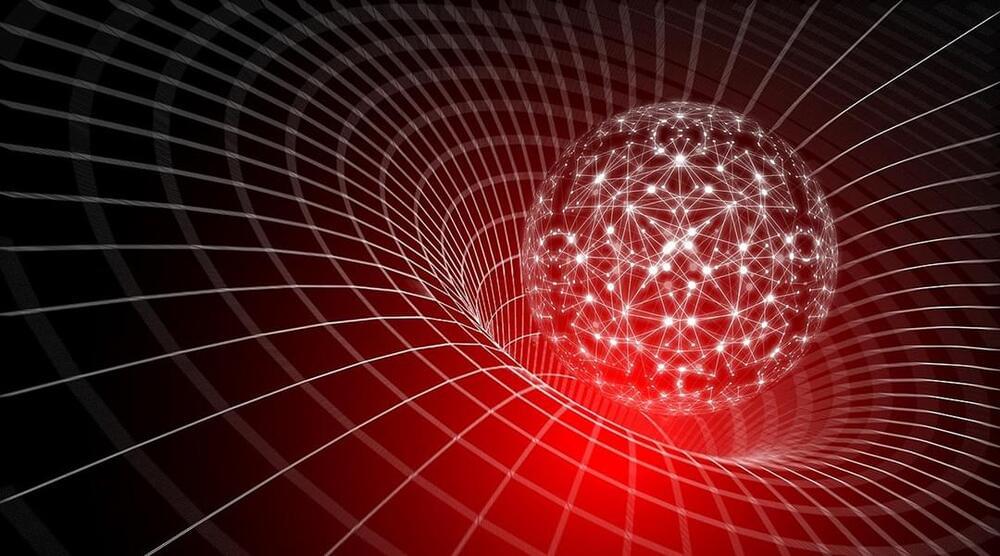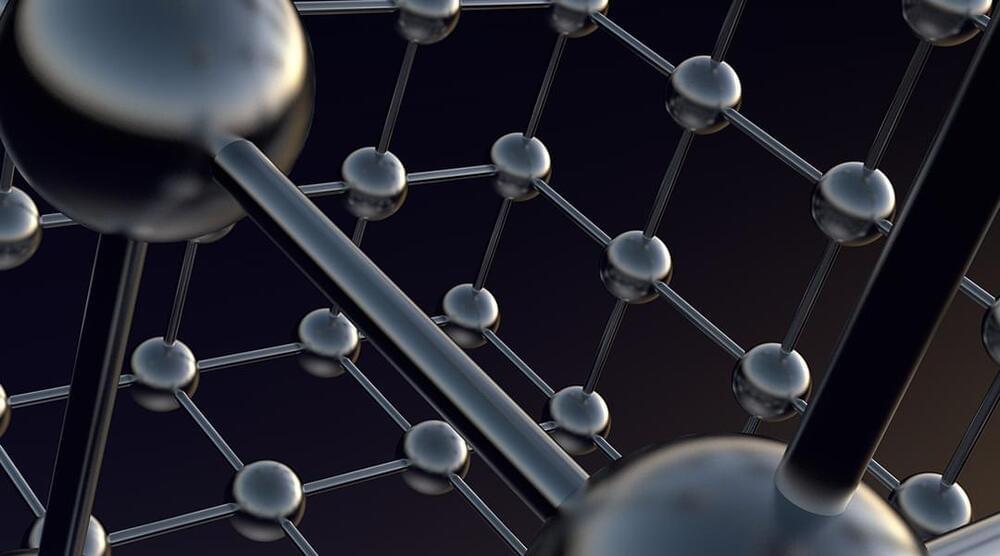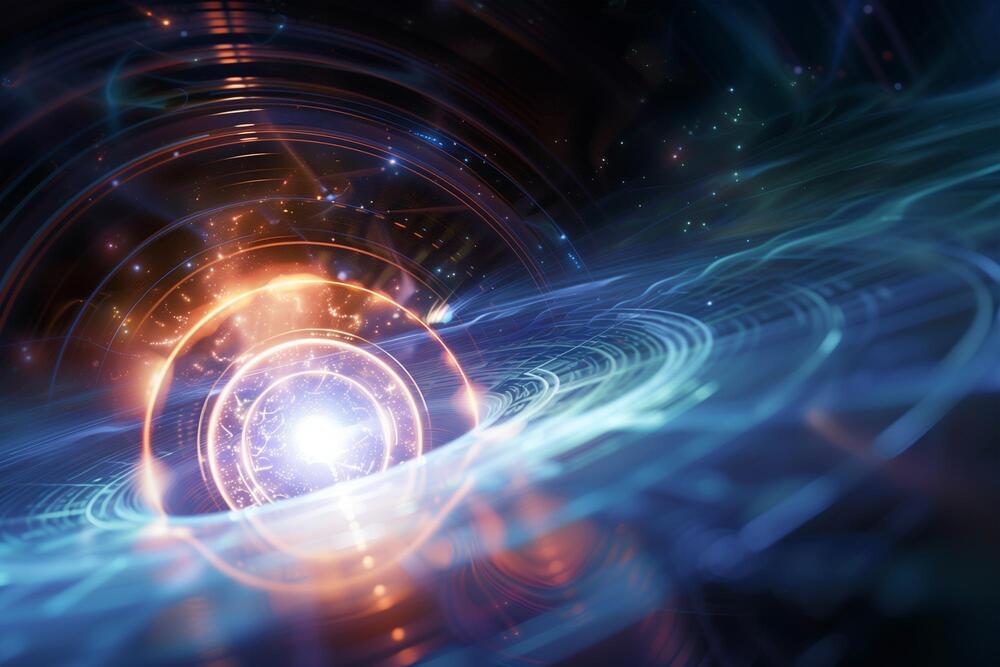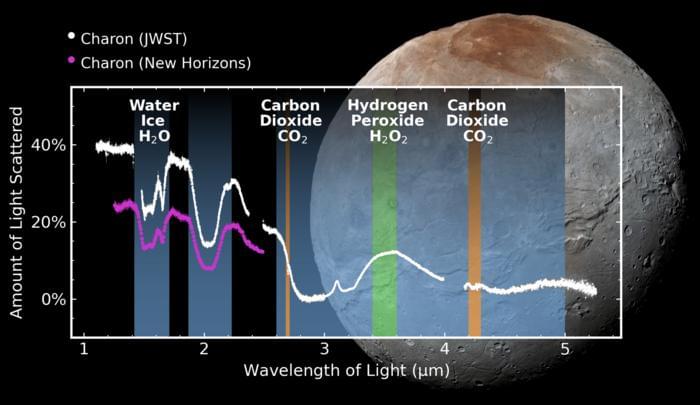Recently Danielson, Satishchandran, and Wald (DSW) have shown that quantum superpositions held outside of Killing horizons will decohere at a steady rate. This occurs because of the inevitable radiation of soft photons (gravitons), which imprint a electromagnetic (gravitational) “which-path’’ memory onto the horizon. Rather than appealing to this global description, an experimenter ought to also have a local description for the cause of decoherence. One might intuitively guess that this is just the bombardment of Hawking/Unruh radiation on the system, however simple calculations challenge this idea—the same superposition held in a finite temperature inertial laboratory does not decohere at the DSW rate. In this work we provide a local description of the decoherence by mapping the DSW setup onto a worldline-localized model resembling an Unruh-DeWitt particle detector.

